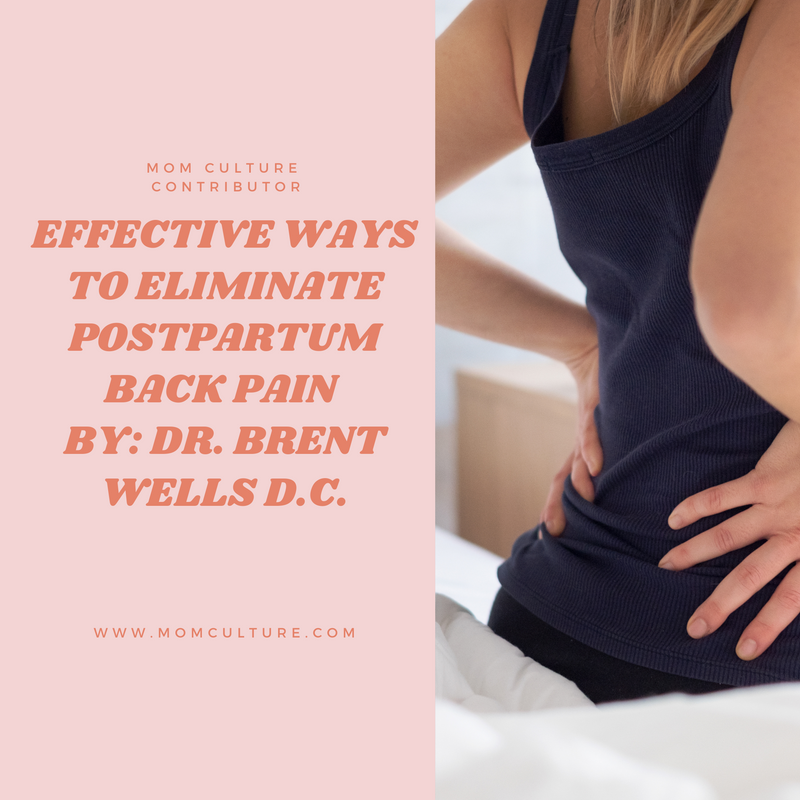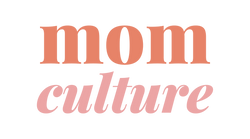
You did it! You made it through the pregnancy with a beautiful baby to show for it. But the fun has just begun. If you’re lucky, your aches and pains will fade away quickly. But, if you’re like nearly half of the moms out there, you may be dealing with some serious postpartum back pain.
Whether your back pain is debilitating or simply annoying, it can make life with your new baby difficult. Even something as simple as picking up your bundle of joy can cause pain. Although common, back pain is something that many women wish they were told about from the beginning. Luckily, we’ve got some effective ways to eliminate postpartum back pain! Read on to discover what you can do to get past the pain and back to focusing on you and your family.
The Various Causes of Postpartum Back Pain
Pregnancy is tougher on some than others. If you’ve just had your first baby, you’ll probably still be amazed at how much your body has changed. And not just physically.
Hormones
Pregnancy hormones, believe it or not, can cause back pain indirectly. Your bones and joints have to develop a little give and take during pregnancy (your hormones are to thank for that). But the aftereffects can be pain and discomfort.
Pelvic Girdle Pain
Pelvic Girdle pain is also very common during the postpartum period, and it can be difficult to differentiate from other types of low back pain. This type of pain may be deep, stabbing, shooting, intermittent, or constant. It’s no wonder it’s hard to differentiate! It can also radiate down the back of the leg, similar to sciatica.
Ab Muscles
Plus, your ab muscles have been through the wringer by the time you give birth. Abs are essential for supporting your trunk and maintaining good posture. When your abs are weak, your back takes the brunt of the pressure. And this is not even to mention the extra weight you’ve been carrying around and what that can do to your posture and back.
So the following tips are designed as an all-around back-pain-relief strategy that can help you no matter where your pain is coming from. The exercises are best performed regularly, but only once you’ve discussed physical movement and exertion with your doctor. For most, it’s okay to exercise as soon as you feel up for it. But it’s always best to talk to a medical professional first— particularly if you had a complicated birth.
General Tips For Postpartum Back Pain
These tips are meant as guidance to get you back to normal as quickly as possible. Many of the things you’ll want to do when you get home may not be the best for your back pain, so take heed!
Avoid Heavy Lifting
- Okay, this may be a no-brainer, but still. Delegate chores that involve lifting nearly anything with any weight, if you can help it. You want to give your back a rest!
Mind Your Posture
- Being a new mom can be terrible for your posture. Mind your back when you’re lifting, feeding, and holding your baby. A hunched back is a back under pressure. If you can, sit in a chair with appropriate lumbar support when you’re minding the little one.
Put Your Feet Up
- Speaking of chairs, whenever you're sitting, put your feet on a low stool or footrest. Not only will this feel good, but it will also help your back heal. Oh, and sit as much as possible at first. Standing up for extended periods puts stress on your back.
Massage Therapy or Chiropractic Care
- Both of these options can be great for pain relief of all kinds. A nice massage can help you relax and heal. Seeing a chiropractor can help with pelvic pain, back pain, and other pregnancy-related issues. In fact, a chiropractor can also help you determine a set of exercises and lifestyle tips to help get your body back to 100% quickly.
Exercises to Eliminate Postpartum Back Pain
It’s always good to start slow with any kind of physical exercise directly after pregnancy. Which is why we’ve put these exercises in ascending order of difficulty. You can start with the first ones and work your way up.
Keep in mind that none of these exercises should cause pain. They may be difficult and straining, which is normal, but they shouldn’t cause pain. If they do, stop them at once.
Pelvic Tilt
- Begin by lying on your back with your knees bent and pointing toward the ceiling. Your arms can either be at your side or behind your head. However you feel most comfortable.
- Bring your stomach toward your spine by engaging your ab muscles and tilting your pelvis up slightly. Your low back should press flush against the floor.
- Hold for 5 to 10 seconds. Release.
- Repeat 10 to 15 times (or however many you feel comfortable with— you can increase them over time).
Foot Slides
- Begin lying on your back with your knees bent. This exercise is best done on a hardwood floor, although you can employ a mat or pillow under your hips, back, shoulders, and head.
- Slowly extend one leg, sliding the foot along the floor until the back of the limb presses against the ground.
- Slowly bend the leg back up, keeping your foot on the ground.
- Switch sides.
- Repeat 10 to 15 times each side.
Bridge Pose
- Begin by lying on your back with your knees bent and your arms at your sides.
- Engage your core, pull your shoulder blades together, and engage your glutes to raise your hips off the floor. Your body between your mid-chest and knees should be straight, creating a slanted ‘bridge’.
- Hold the pose for 10 to 15 seconds. Release slowly back down to the floor.
- Repeat 10 times.
Bird Dog
- Begin on all fours, hands below your shoulders and knees below your hips.
- Stretch out an arm and the leg of the opposite side straight out, ahead and behind you, respectively. Keep your neck, shoulders, and hips straight while you do this.
- Hold the position for 10 to 15 seconds. You should be engaging numerous muscle groups, including your glutes, abs, back, and shoulders.
- Release and slowly return your limbs to their starting position.
- Repeat 10 to 15 times.
Resources:
https://www.ncbi.nlm.nih.gov/pmc/articles/PMC3306025/
https://www.whattoexpect.com/first-year/postpartum-health-and-care/postpartum-backache-back-pain/
https://www.cedars-sinai.org/blog/overcoming-postpartum-pain.html
About Dr. Wells
Dr. Brent Wells, D.C. founded Better Health Chiropractic & Physical Rehab and has been a chiropractor for over 20 years. His practice with the help of other chiropractors, physical rehab therapists, and massage therapists has treated Anchorage patients from musculoskeletal and other health problems.
He is a proud member of the American Chiropractic Association and the American Academy of Spine Physicians. And he continues his education to remain active and updated in all studies related to neurology, physical rehab, biomechanics, spine conditions, brain injury trauma, and more.



